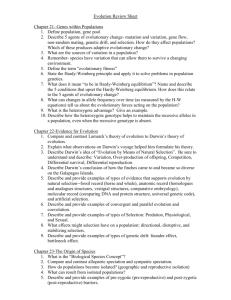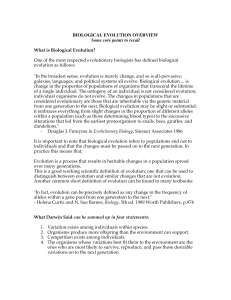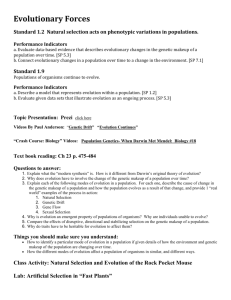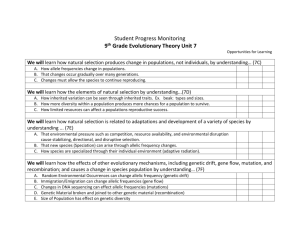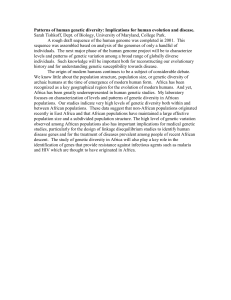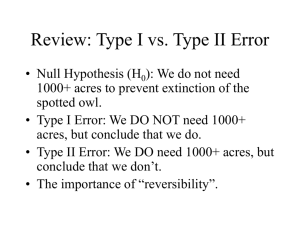human races
advertisement
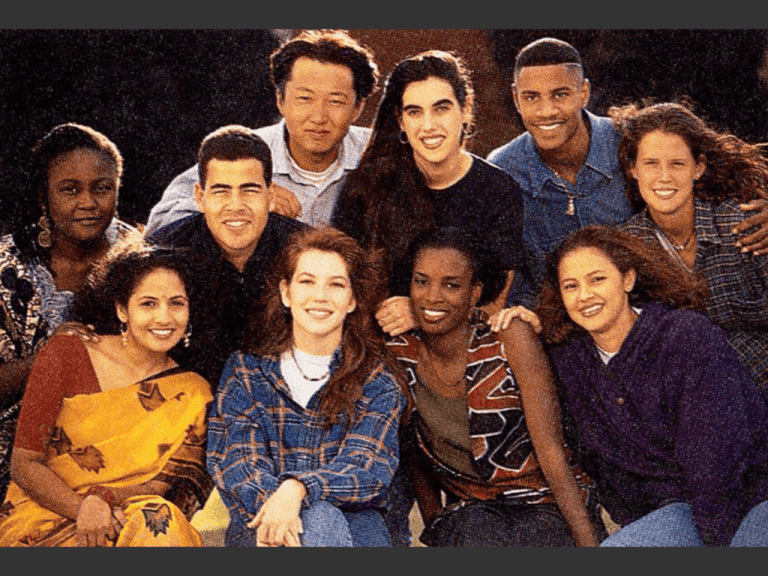
Race, Language and Culture My role is to introduce the biological aspect of the course. So, I will discuss: What is the nature of human races? Are there biological bases to human differences? Or, is the concept of ‘race’ merely a cultural construction? If race has a biological basis, how did these differences come about? How long has human variation like this The human species: Homo sapiens Much of our biology and behavior is framed within an evolutionary background. Modern humans are a part of the natural world. As vertebrates, mammals and primates, we share a host of biological features with these animals. One of the things that we will be concerned with in this class is to examine the development of those features that make us unique. Homo sapiens Through the study of the fossil record, and more recently, comparisons of the genetic material of living humans and fragments of the genetic material from several extinct human groups, we have been able to begin the reconstruction of our separate evolutionary history. We last shared a common ancestor with our closest living primate relatives, the African apes, chimps and gorillas, between 5 and 8 million years ago. Comparisons of our genetic material with that of chimpanzees reveals that we are about 98.3 – 98.6% genetically identical with this African ape. It has been estimated that differences in only about 50 genes separate them from us. Human Origins humans chimpanzees gorillas 5 - 8 myr 10 myr. common ancestry of humans and African apes An evolutionary diagram of human and African ape relationships, based on various genetic studies Humans in an Evolutionary Framework Later lectures will explore our evolutionary development in much greater detail, and examine the fossil evidence documenting the emergence of modern humans. We will consider the various theories that have been proposed to explain modern human biology and variation. This afternoon, as an introduction, let us briefly consider the concept of ‘race’ and whether it has any reality or not. Race: A First Consideration The concept of race is one of the most misunderstood ideas in human history, and one that has caused a great deal of misery and harm. So, the initial points that must be considered are whether or not there is some biological and evolutionary reality to ‘race’, or whether, as Professor Urban observed on Tuesday, this aspect of human biology has been put through a cultural filter. Just how does our society define race? The Study of Race For much of human history, peoples have been concerned about the nature and meaning of the physical differences that distinguish human populations. Often, in addition to their biological features, members of racial groups also had psychological and emotional attributes attributed to them. But, is there a reality to human difference? So, question 1 and THE basic question: What is the reality of Race? Human Variation There are all sorts of differences amongst humans, and we are all aware that people vary in facial and body features. We also know that these differences extend to the genetic materials themselves. Indeed, there are parts of the human genome that are so hypervariable that examination of these specific locales can identify specific individuals with a 1 in 88,000 chance of mistaking one person with another. But!!: The BIG question: is this individual or population variation? All humans vary (except for identical twins, but that is a specific case, and usually by adulthood, there are differences resulting from environmental influences). This variation is the result of the complex interaction of both genetic and environmental influences. Is the variation we see in humans scattered across the human species without any particular pattern? Or, are there geographic distributions to the variations in the human species? That is, are there limits to the presence of biological features? Some biological features will be found in a percentage of peoples in one geographic locale, but not found in the peoples that live somewhere else. Human variation I Human Variation II The Reality of Race I There are consistent differences between different human populations. If you placed 100 San Bushman (from Southern Africa) in a room with 100 native Japanese, and with 100 native Swedes and with 100 native Australians, all of you could sort out the members of each of these populations with 100% accuracy. However, if you placed 100 Egyptians in another room with 100 Sudanese, with 100 Turkish people, with 100 Jordanians , it would be extremely difficult to sort out these people. The Reality of Race II People are distinct across broad geographic ranges (for example, between the populations from the Kalahari and from Sweden). However, humans are continuously distributed, with no distinct borders or boundaries separating populations. Biological features gradually change from one geographic area to another. Thus, there is both a reality of human difference between peoples from distant locales, and at the same time, no reality to the concept of racial groups bounded by distinct borders. popmap Thus: can races be defined? If there are no distinctive features that provide boundries between human populations, then why have the traditional views of race as distinctive groups developed? And do most people believe that there is a reality to human races as separate entities? Much of this is the result of the history of the study of human biology and variation. Up until the latter part of the 20th century, races were viewed as groups with fixed and identifiable borders. Various authors defined the number of races and their distributions in numerous ways. The Social Concept of Race In present day society, the social concept of race is intertwined with the idea of an “ethnic group”. When the U.S. government uses the term race, it often is describing groups of people who share language, culture and a vague historical background. For example, the use of the term “Hispanic” does not have any biological meaning, but rather refers to peoples from parts of Central and South America and the Caribbean. Social Concepts of Race Other socially constructed races, including African Americans (‘blacks’), Europeans (‘whites’), and Asians, have little biological reality and are often based on behavioral and cultural stereotypes, or simply on skin color. Many social agencies utilize the identification of the racial identity of people in order to determine the effectiveness of programs and thus for requests for Federal funding.


